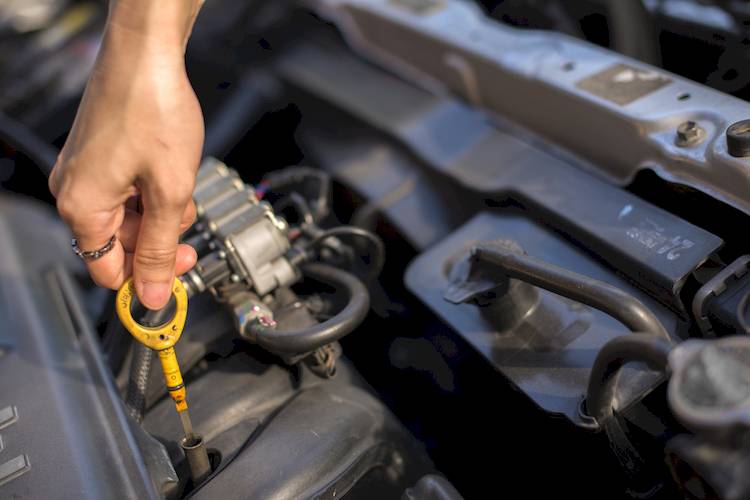

No matter the type of vehicle you drive and whether it has a gas or diesel engine, it has some sort of positive crankcase ventilation system. Positive crankcase ventilation helps normally occurring oil vapor from the engine lubrication system get introduced to the combustion chamber to be burned off along with the air and fuel mixture. While all do not include a vent oil separator, they work in the same manner.
Some symptoms of a failing vent oil separator include when these vapors clog the vent oil separator over time and reduce its efficiency, smoke emits from your tailpipe, the check engine light illuminates, or sludge appears on the underside of your oil cap. Having a properly functioning PCV system is vital to the long-term health of your engine.
Part 1 of 1: Replacing a vent oil separator
Materials Needed
- Flathead screwdriver
- Multi-bit driver set
- Pliers/vice grip
- Ratchet/sockets
Step 1: Locate the vent oil separator. Locations vary with different vehicles but most are in fairly common locations.
They can be located in-line with various breather tubes or vent hoses. They can also be bolted to the engine block or remotely mounted to the side or wheel-well area.
Step 2: Remove the vent oil separator. Once located, select the appropriate tool to remove the breather hose clamps.
The clamps may have a screw or are removable with pliers or vice grips. Use a flat screwdriver to gently pry the vent hoses off the separator. Remove the fasteners securing the separator in place and pull it out of the way.
- Tip: If your vent oil separator has leaked oil, use an engine cleaner or other solvent to clean the area. Spray just enough and wipe it with a rag.
Step 3: Secure the new separator. Once you’ve cleaned the vent oil separator location (if needed), secure the new separator in place with the original fasteners.
New ones are generally not required.
Step 4: Attach hoses. Once secured in place, reattach any breather hoses/tubes in place. Verify all removed items are secured.
- Note: If smoke from the tailpipe was one of your symptoms, it may take a few days of driving to stop seeing smoke. A film of oil will remain in the exhaust system and burn off after a few days of driving.
If the smoke from the tailpipe does not stop within a few days, you may have other problems with your PCV system. If you have symptoms of a failed vent oil separator or continued symptoms after replacement, have one of YourMechanic’s certified technicians take a look.



